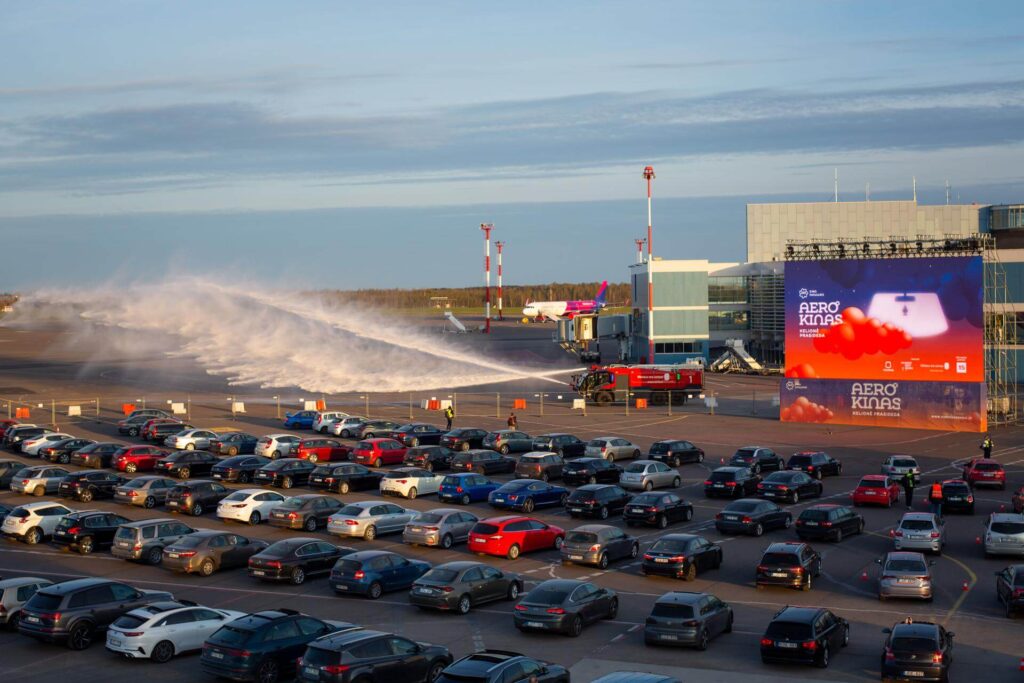Before the COVID-19 crisis, the airport industry’s contributing GDP to the world economy was estimated at around $825 billion. With passenger traffic falling by about 80% compared to 2019, some airports turned into morgues and cinemas to endure the crisis.
“Repurposing of airports can come in many forms such as the utilization of unused spaces, cessation of airport operation as an aerodrome or diversification of revenue streams,” said the head of Auckland Station for Malaysia Airlines, Mohamed Atti, during Air Convention Digital Week on September 15, 2020.
“For example, the Auckland Airport plans to split its international terminal into two parts: Terminal A, originally named Pierre A, will accommodate the safe travel zone and low-risk country departures and arrivals. Terminal B will support transits from high-risk countries and the rest of the arrivals, also providing access to medical facilities for all transits.”
Another example of revenue diversification is Kuala Lumpur International Airport (KUL), Malaysia, which turned the airport into a destination of its own. It ran its first Airport Staycation, collaborating with Sama-Sama Hotel and the Airport Fire Station. The program included an exclusive tour to the Airport’s Fire Station on the airside, a part of the airport not generally accessible to the public.
The UK took a different approach, utilizing space from three of its airports for different medical purposes. Heathrow Airport (LHR) became a medical depot that now prioritizes air cargo flights and handles half of the country’s imported pharmaceutical supplies. At the same time, Glasgow Airport (GLA) gave its 17-acre parking space to the UK’s National Health Services (NHS) for COVID-19 testing, while Birmingham Airport (BHX) dedicated one of its hangars to serve as a central morgue of the west-midlands for COVID-19 related deaths.
Likewise, Istanbul’s Ataturk Airport (ISL) in Turkey committed part of its complex to be redeveloped into a field hospital to treat COVID-19 patients.
Other countries like Germany and Lithuania that suffered significantly fewer casualties due to the virus took a different approach with its airport facilities.
Stuttgart Airport (STR) has transformed one of its check-in halls into a concert venue for performers who offer one-on-one shows in the empty terminal building. The performances are free, but patrons are encouraged to donate to the performers.
On the other hand, Vilnius Airport (VNO) used its expansive tarmac area to provide a drive-in cinema. The project is called “Aerocinema” and cars with a maximum of two people are allowed to participate. They line up one by one and tune into the movie’s audio through the vehicles’ radios.
Given that the airports will likely require to implement more changes in the near future regarding health and safety, Mohamed Atti expects operational costs to rise. For this reason, airports need to seek alternative revenue sources, but at the same time not become too dependent on them for when traffic beings recovery.

